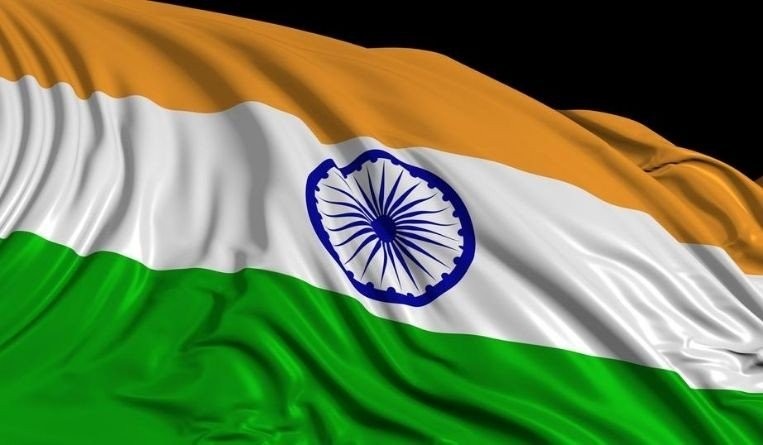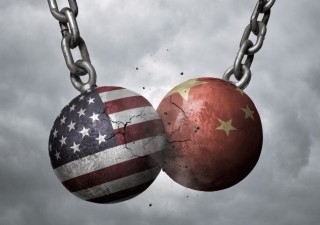India’s improved consumer laws and regulations target counterfeits online
31 August 2020

The (New) Consumer Protection Act, 2019 and the Consumer Protection (E-Commerce) Rules, 2020 came into force on July 20, 2020 and July 24, 2020, respectively. The Act and the Rules have provisions that protect consumers from purchasing counterfeit and will help in the fight against counterfeit online.
Specifically, the Rules mandate the e-commerce entities to provide all details of the product and the seller. In case of imported goods, e-commerce entities will need to mention the name and details of the importer from whom it has purchased such goods, or who may be a seller on its platform. Every e-commerce entity will need to take reasonable efforts to maintain a record of relevant information allowing for the identification of all sellers who have repeatedly offered goods/services that have previously been removed or access to which has previously been disabled under the Copyright Act, 1957 (14 of 1957), the Trade Marks Act, 1999 (47 of 1999) or the Information Technology Act, 2000 (21 of 2000). No seller offering goods/services through an e-commerce entity shall refuse to take back goods, or withdraw or discontinue services purchased or agreed to be purchased, or refuse to refund consideration, if paid, if such goods/services are defective, deficient or spurious.
The Rules also mandate appointment of grievance officer for consumer grievance redressal and acknowledgment of consumer complaint within 48 hours and redress the complaint within one month from the date of the complaint. An e-commerce entity which seeks to avail the exemption from liability under sub-section (1) of section 79 of the IT Act, 2000 (i.e. Safe Harbour) will have to comply with sub-sections (2) and (3) of that section, including the provisions of the IT (Intermediary Guidelines) Rules, 2011.

In addition to well-defined provisions to empower the consumers, the Act and the Rules provide teeth to enforcement agencies to take efficient and effective actions against illicit trade. The (old) Consumer Protection Act, 1986 provided for a three-tier consumer dispute redressal machineryat the National, State and Districtlevels. However, the new Act, additionally, requires the central government to establish a Central Consumer Protection Authority and investigation wing thereunder. The CCPA will have the power to investigate, to search and seize evidence of violation under the Act. The Act also makes certain grave offences cognizable and non-bailable.
“The IP, IT and consumer protection law are presently quite robust, but we certainly need strong enforcement agencies and courts to take speedy action and provide speedy reliefs. It is for the first time, the central government established the CCPA to promote, protect and enforce the rights of consumers as a class. It has been empowered to conduct investigations into violation of consumer rights under the Act and institute complaints or prosecution, order recall of unsafe goods/services, order discontinuation of unfair trade practices and misleading advertisements, impose penalties on manufacturers/endorsers/publishers of misleading advertisements,” says Priya Rao, a partner at K&S Partners in Gurugram. “Hopefully, once the CCPA starts functioning, the fear of legal and punitive consequences will deter the counterfeiters.”
The enforcement of the Act and the Rules will certainly help consumers make informed purchases, Rao says. “Due to seller information transparency, not only will counterfeiters be deterred from selling spurious goods online, their whereabouts can be tracked easily. Any habitual infringers can be blocked, and it would provide a reliable shopping experience for customers while safeguarding trade and brand owners against counterfeiting.”
What triggers the launch of the Act and the Rules?
It is the massive growth of local e-commerce!
“This has been further accelerated by the pandemic and the resultant lengthy nationwide lockdowns - online shopping isn’t just convenient in such times, but a necessity,” Rao says. “As per the India Brand Equity Foundation report, India will be the second largest e-commerce market in the world by 2034. The market is expected to reach ₹13,97,800 crore (US$200 billion) by 2027 from ₹2,69,076.5 crore (US$38.5 billion) in 2017, supported by rising income and surge in internet users. Indian online shoppers reached 120 million in 2018 and are expected to reach 220 million by 2025. Online retailers also deliver to 15,000-20,000 postal index numbers out of nearly 100,000 in the country.”
A survey published by Local Circles in November 2018 already showed 19 percent of the 8,518 respondents had received counterfeits from e-commerce sites in the past six months.
Therefore, it is essential for the government to step up its gear for consumer protection online.





